What is Predictive maintenance? Process, Advantages and disadvantages, pdf
Predictive Maintenance definition would be such as “Predictive Maintenance (PdM) refers to the use of data-driven, proactive maintenance methods that analyze the condition of equipment and help to predict when maintenance should be performed”.
What you are going to learn?
What is Predictive Maintenance (PdM)?
Predictive Maintenance (PdM) is one type of maintenance that checks the condition and performance of equipment during normal running operations. By doing so, maintenance personnel can identify possible defects and fix them before they result in a failure.
In fact, 91% of manufacturers who set up a predictive maintenance program saw a reduction in maintenance time. As well as there is a 9% increase in equipment uptime and a 20% expansion in the life cycle of old assets.
Predictive maintenance (PdM) is the most advanced type of maintenance currently accessible. With time-based maintenance, companies risk performing too much maintenance or not enough. And with reactive maintenance, they perform maintenance when needed, but at the cost of unexpected downtime.
Similar to Preventive Maintenance (PM), predictive maintenance is a proactive strategy that aims to get rid of asset breakdowns. But, unlike preventive maintenance, predictive maintenance tries to predict when equipment might fail with the use of IoT devices and sensors. This allows maintenance frequency to lower down as possible to avoid a costly reactive strategy.
Predictive Maintenance process
The first step in practising predictive maintenance is establishing baselines. You need to monitor the assets’ conditional baselines and collect data before installing sensors. That way, when you begin to collect conditional data, there is a “control” to compare any abnormalities to.
To effectively collect the right data, predictive maintenance programs have to be paired with the right condition-monitoring technology. In particular, a CMMS and multiple IoT-enabled devices.
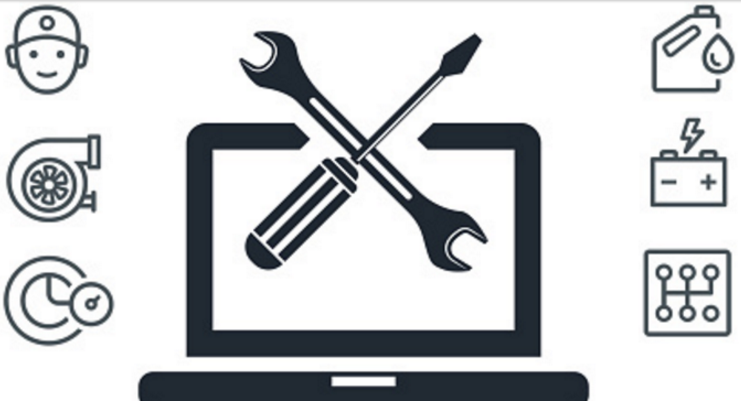
The Internet of Things (IoT) plays a key role in the process of forming an efficient predictive maintenance strategy. By collecting the necessary data from condition-monitoring sensors, IoT devices can take that data and connect it to a maintenance management system.
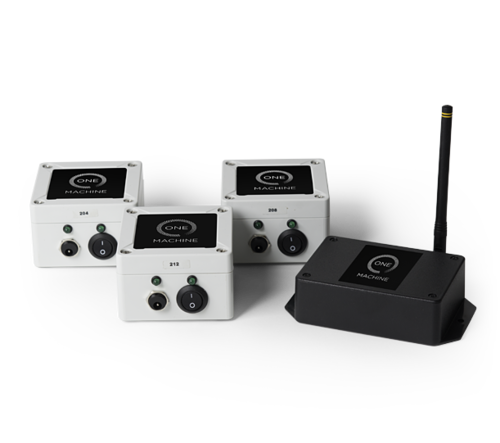
From there, it’s simple – any time a piece of equipment performs outside of normal parameters, the sensors trigger your predictive maintenance protocol. Typically, a work order is generated in your CMMS and assigned to technicians so they can perform any required repairs to address the anomaly.
Types of Predictive Maintenance system
The types of information captured by predictive maintenance sensors can vary depending on your equipment and machines.
Examples include:
Infrared Imagery

Infrared imagery analysis is not dependent on an asset’s rotational speed or loudness. When temperature is a good signal of potential issues, infrared imagery analysis is the most effective tool for doing predictive maintenance.
IR or infrared satellite imagery is a kind of temperature map. Through the use of Infrared (IR) cameras, technicians can detect high temperatures (hot spots) for worn components such as electrical wiring.
Acoustic Analysis

Acoustic Analysis can determine sounds related to machine friction and stress in the ultrasonic range, it is used for maintaining electrical equipment that emits subtler sounds and mechanical equipment. This type of analysis predicts imminent breakdowns better than a vibration or oil analysis.
Seen as a cheaper alternative to ultrasonic imagery, acoustic analysis helps to detect liquid, gas, and vacuum leaks.
Vibration Analysis
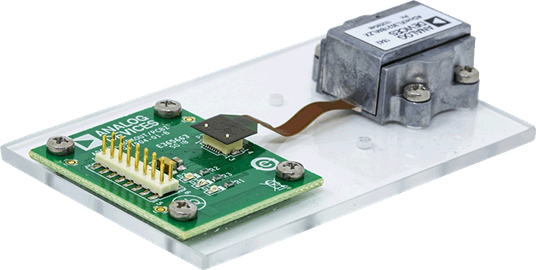
Vibration Analysis is for predictive maintenance inside manufacturing plants with high-rotating machinery. Besides detecting looseness like in the example above, vibrational analysis can also identify imbalance, misalignment, and bearing wear.
Sensors can be used to determine an increase or decrease in the vibration of essential components such as pumps and compressors.
Oil Analysis or Acoustical analysis (sonic)
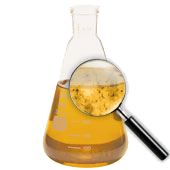
This type of analysis requires less money to implement and is used for low- and high-rotating machinery. It’s particularly popular among lubrication technicians. The acoustic bearing analysis is proposed for the lubrication technician and concentrates on proactive lubrication measures.
Allows engineers to constantly check the condition of a machine’s oil lubricant and determine if it has been compromised by other particles and contaminants.
How to implement predictive maintenance
Before we implement predictive maintenance on the equipment floor, we present ROI cases to management. We also trained maintenance staff and machine operators on how to use the PdM technology. After this happens, true implementation of the predictive maintenance process starts.
1. Establish baselines
The maintenance unit establishes acceptable condition limits for assets that will have sensors. They have to decide which equipment is worthy to establish a predictive maintenance system since it is a very costly process.
2. Install Internet of Things (IoT) devices
They attached the relevant sensor to the assets. For example, a vibration meter is attached to a mechanical asset with gears and a temperature sensor is linked to a boiler.
3. Connect devices to software
Then the IoT device is connected to a CMMS or remote dashboard, where data are monitored and analyzed by maintenance engineers.
4. Schedule maintenance
Inspections processes are automatically triggered by CMMS software when the predetermined condition limit is exceeded or the maintenance person monitoring the dashboard schedules the inspection manually.
Example of Predictive Maintenance (PdM)
To prevent unwanted downtime of the electric motor pump, the maintenance team uses predictive maintenance technology. Because it’s a huge piece of mechanical equipment that involves heavy rotations, the obvious choice is to monitor vibrations with vibration meters.
The maintenance team attaches a vibration meter close to the pump’s inner bearing. Whenever the vibration meter identifies a spike, the team reviews this new data and schedules an inspection. The technician finds a loose ball-bearing and repairs or replaces it.
Then they connect the vibration meter to its CMMS. Now, whenever the same spike is spotted, a fault with the ball-bearing is predicted and it automatically triggered a work order to perform the repair.
Advantages of Predictive Maintenance
- Minimises unplanned downtime of mission-critical assets.
- Reduces time spent on maintenance.
- Increase the life expectancy of machines and equipment, in some cases by 20-40%.
- Reduces machine breakdowns and unexpected failures.
- Minimises costs spent on labour, spare parts, and equipment.
- Reduces stock of spare parts due to increased service life of assets.
- Improves safety throughout the workplace for technicians and operators.
Disadvantages of Predictive Maintenance
- Detailed and time-consuming planning to ensure this maintenance approach is deployed throughout each facility and details all assets.
- Purchasing the right condition-monitoring equipment which can result in high upfront costs.
- Hiring skilled staff or training maintenance teams which can be expensive.
Preventive Maintenance vs Predictive Maintenance
The difference between preventive maintenance and predictive maintenance lies in how and when the data is being inspected and analysed. While a predictive maintenance technician depends on monitoring and analyzing data from the actual condition of the equipment in operation, a preventive maintenance technician depends on historical data, averages, and life expectancy statistics to predict when maintenance activities will be required.
The frequency of inspecting in preventive maintenance is high and requires a big maintenance team. On the other hand, PdM relies on sensor devices, so the maintenance team requirements are small.
Condition-Based Monitoring vs Predictive Maintenance
Condition-based monitoring is a type of PdM that relies on sensor data, such as vibration monitoring systems, infrared analysis to measure the condition of equipment over time while it is in operation. But the difference is – it only performed maintenance when the dataset for predictive maintenance shows that performance has decreased or a failure is likely.
Terms related to Predictive Maintenance:
What is maintenance?
Industrial maintenance is maintaining machines and equipment in a factory. With the development of special-purpose machine and equipment, it cost a lot more money so their idle time and downtime becoming a lot more costly day by day. Therefore, it is important that plant machinery and equipment should be properly maintained. Read more>>
Corrective or Breakdown Maintenance
Corrective or Breakdown maintenance repairs after the equipment are out of order and it can not perform its normal function. In that case, the maintenance department comes into operation and makes necessary repairs after checking. They do not attend to the equipment until another breakdown occurs. Read more>>

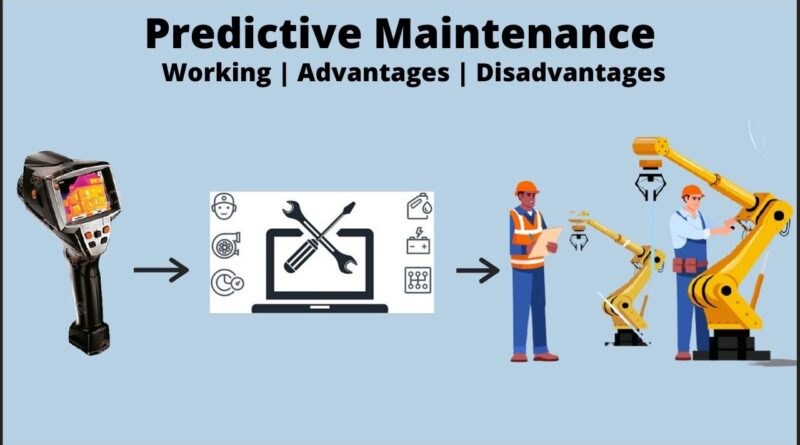



Pingback: What is Total Productive Maintenance (TPM)? 8 pillar of Total productive Maintenance, PDF - EDUCATIONLEAVES